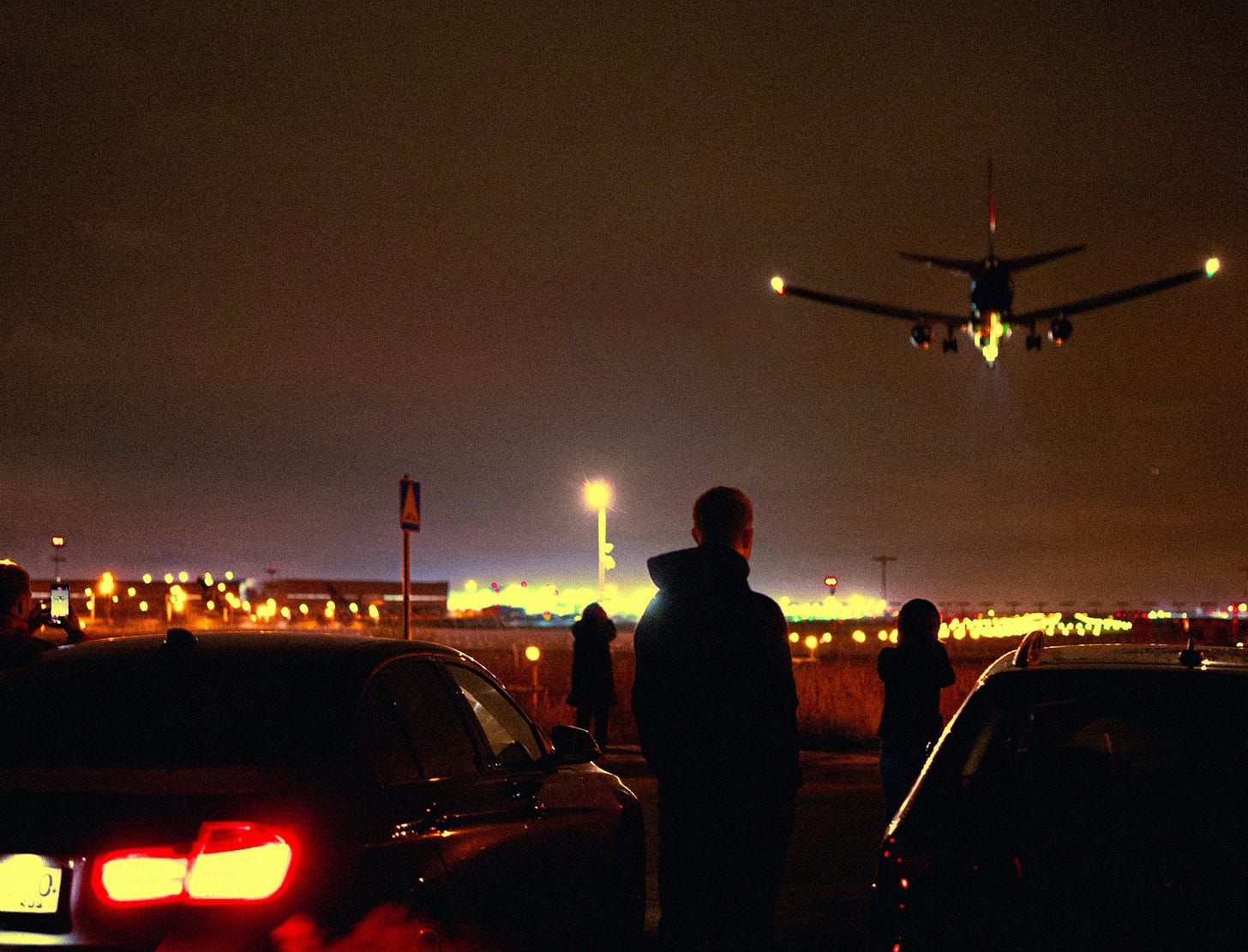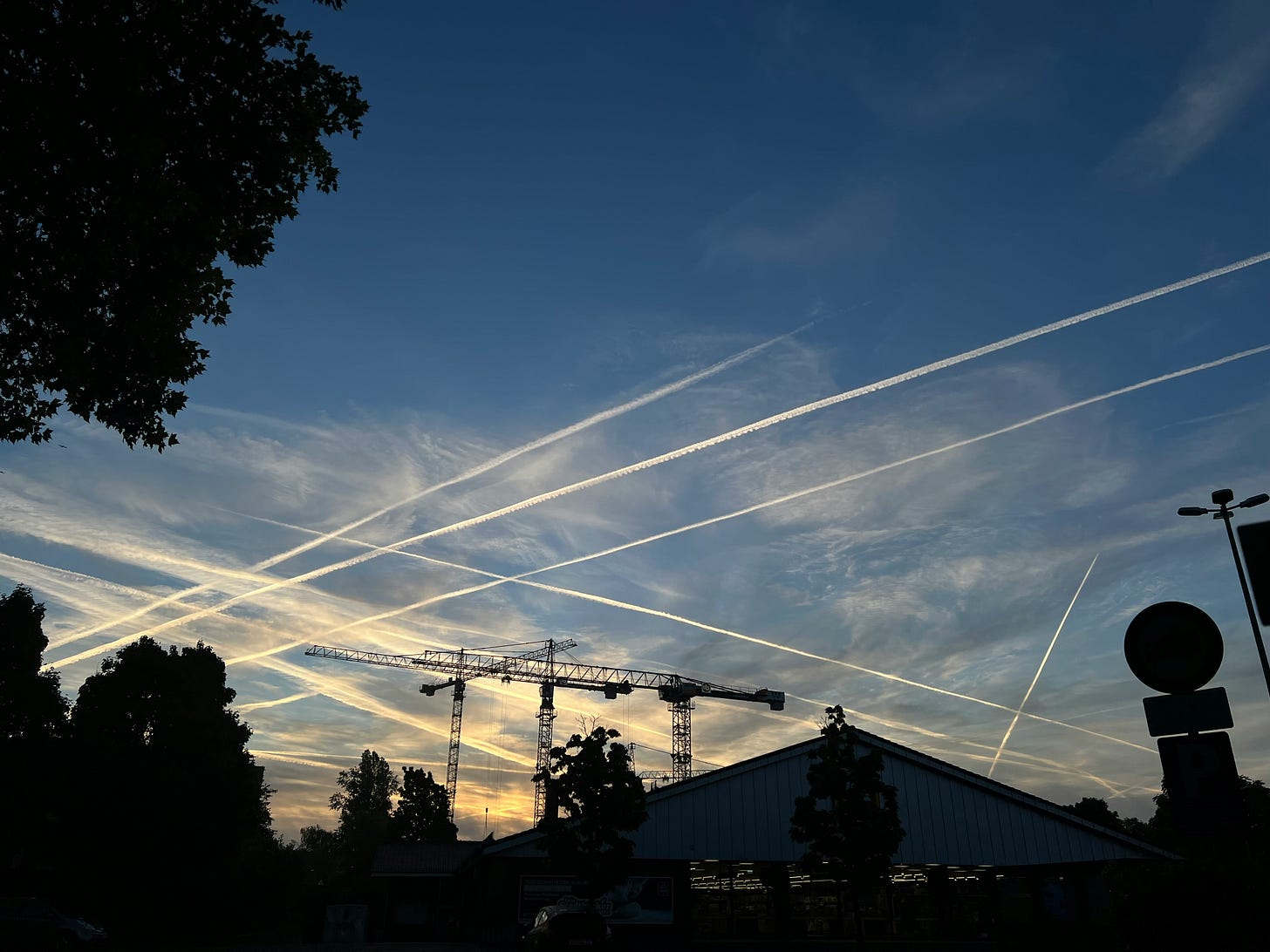30: Privatized Air Traffic Control
The pros and cons of a privately operated air traffic control network. Could this model work in America?
030100Z MAR 25
Hello, and welcome to Flightlines!
This issue will be a bit briefer than our typical articles, aiming to strike a balance between depth and sustainable publishing frequency. Despite the condensed format, we felt it was important to publish this week given the many significant conversations happening simultaneously across the aviation world.
Recent government shifts have indicated a growing desire to reduce federal scope and complexity, largely driven by mounting national debt concerns. At the same time, several tragic aviation accidents and alarming near-misses have eroded public confidence in flight safety systems. This convergence has reignited the longstanding debate about whether the American air traffic control system should be privatized, potentially relieving the government of this responsibility while addressing safety concerns.

This week we'll examine the pros and cons of privatized air traffic control. While numerous global examples exist, we'll focus specifically on what transitioning ATC from public to private control would mean in the United States. Our analysis will consider the potential impacts for airlines, travelers, and all users of American airspace.
Privatized Air Traffic Control
The most pressing question in aviation today is how to best modernize the Air Traffic Control system that coordinates thousands of daily flights. While Flightlines has explored various ATC challenges and potential AI applications in control towers, the immediate question in the public today is more basic: should ATC be privatized?
Currently, Air Traffic Control in America falls under the Federal Aviation Administration's responsibility. Some advocate moving these operations to the private sector through an independent organization.

Previous proposals suggested converting ATC to a government-chartered nonprofit corporation, but there hasn't been sufficient appetite to tackle the complexity and economic implications of such a transition. Today, with the newly created Department of Government Efficiency and growing pressure to reduce the federal deficit, this prospect may be revisited with greater enthusiasm. The likelihood of privatization succeeding now seems higher than at any point in the past or foreseeable future.
Several nations already operate privatized air traffic control systems successfully. Canada uses a private nonprofit model with federal government support, while the UK, Germany, Switzerland, and Spain all employ privately operated semi-public entities for their ATC services. It's uncommon for Europe to embrace private industry more extensively than the United States, yet this appears to be one such case.

International pilots frequently praise European air traffic control services—with the UK receiving particular recognition—demonstrating that privately managed systems can integrate effectively into the broader aviation infrastructure.
Could such a system function in airspace as complex as the United States? While difficult to answer definitively, it's notable that among the strongest advocates for privatization are the airlines themselves. All major US carriers support privatization except Delta, who argues it would increase passenger fees. Other airlines believe privatization would create a more modern ATC system free from congressional budget constraints.
Proponents suggest a private system could respond more nimbly to industry capacity shifts and route changes. Some contend it could even reduce operational costs by eliminating inefficient routing that causes unnecessary fuel consumption. The air traffic controllers union generally favors privatization, provided it improves pay and working conditions for their members.
Delta's research however, suggests user fees would increase under privatization, citing evidence from the Canadian and British systems where fees did rise after their transitions. Beyond Delta, private jet owners and charter service providers express concerns about potentially receiving less favorable access to airports and airspace than larger airlines under a privatized system. While increased costs and questions of influence remain important considerations, much of the debate ultimately centers around how to manage the complexity of American airspace.

The United States airspace is the world's busiest and most complex, but has been historically managed effectively by the FAA—serving as a model for developing aviation systems globally. Critics of privatization argue that changing this established system introduces unnecessary risk to something that already performs adequately. They argue that transitioning to a private system would require an extensive overhaul of an extremely large and complex national infrastructure, potentially without delivering the promised efficiency gains.
What remains certain is that air traffic control will evolve significantly in coming years—whether through new technology, privatization, or adaptation to emerging aerial platforms like drones, air taxis, and spacecraft. We hope all involved approach these inevitable changes with both innovative thinking and commitment to safety and high standards. —✈
✈
Thank you for reading.
Flightlines will be back next week with more insights and updates from the world of commercial aviation.
Until then, safe travels and happy flying!



Very interesting article! It makes sense that a number of government services could operate more efficiently if privatized; e.g. USPS. With regard to ATC, would the airlines then be the primary source of income thereby increasing passenger fees?
An interesting piece. Privatized ATC is hard, because a) ATC is a natural monopoly, b) it produces a product with wide public benefits; c) there are inherent conflicts among user classes; d) it is desirable to avoid boosting cash flow via under-investment, ; and e) the complexity of writing contracts that are sophisticated enough to mitigate a), b), c), and d).
It is difficult to imagine multiple competing ATC systems, at least within a single airport or geographic regions. So, we are stuck with a single monopoly provider, presumably government-franchised. An unregulated monopoly provider could set prices based, not on the cost of its services, but on the value of air access to particular airports or regions, permitting them to extract rent from airlines, airports, and slots. And it could get worse from there.
The main point is that unregulated private provider is a non-starter unless you want it evolve into an aviation services monopoly like Soviet Aeroflot. So, private ATC has to regulated like a public utility (like electricity) or a common carrier (like railroads) to provide equal access and open entry and exit to all airlines and not price general aviation out of existence. ATC has to prioritize safety. ATC has to maintain its facilities and invest to meet growing demand rather than restricting demand through pricing or congestion. Private ATC's pricing or reimbursement mechanism should reflect this requirement. T
These points make for a complicated contract or franchise agreement, with the devil in the details. It takes a very capable government to write such contracts, and to keep various interested parties from tilting it one direction or another.